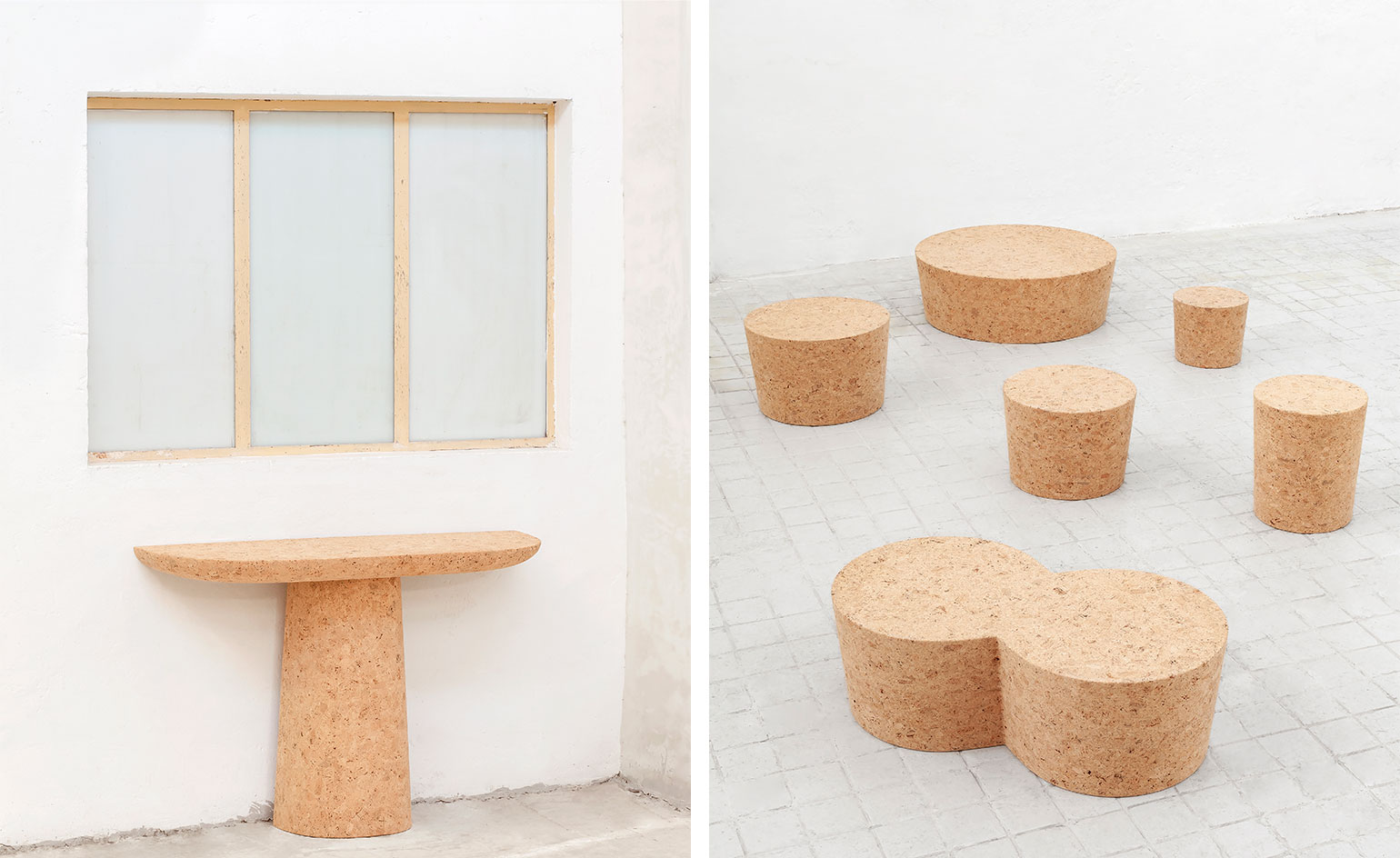
When we think of cork, we might simply think of wine bottle stoppers. But the material, which has been used for thousands of years in various applications, is finding contemporary expression in a new and recent wave of cork furniture that harnesses cork’s sustainable, practical and aesthetic properties.
From Danish brand Raawii’s recently released minimalist, soft-edged Stringer range designed by Nicholai Wiig-Hansen, to Lara Bohinc’s bulbous Utopia furniture for this year’s Design Miami, it can feel like cork furniture has been popping up everywhere recently.
British designer Jasper Morrison arguably set the stage in 2004, when he designed the Cork Family for Vitra, a range of chunky, raw cork stools that double as side tables in sculptural silhouettes. Morrison went on to design a wider range of cork furniture for Kasmin Gallery in 2019.
Why Cork Furniture?

Turning to cork for furniture seems a natural choice for many reasons. Obtained from stripping, chipping and heating the bark of cork oak trees – in a careful process that allows the tree to regenerate and grow – cork is a robust, waterproof, fire-resistant, recyclable and lightweight material.

All these aspects in themselves make furniture using the material more sustainable than heavier, more vulnerable alternatives – reducing pollution associated with transport and increasing the product’s longevity – but the processes associated with cork production also help maintain forests, capture carbon and prevent desertification.
The cork oak bark is stripped only every nine years, and the technique helps boost the tree’s growth, as well as absorb more carbon than if the tree was left idle. Meanwhile, producing cork is an almost zero-waste process, with leftover dust used to power the furnaces in factories.
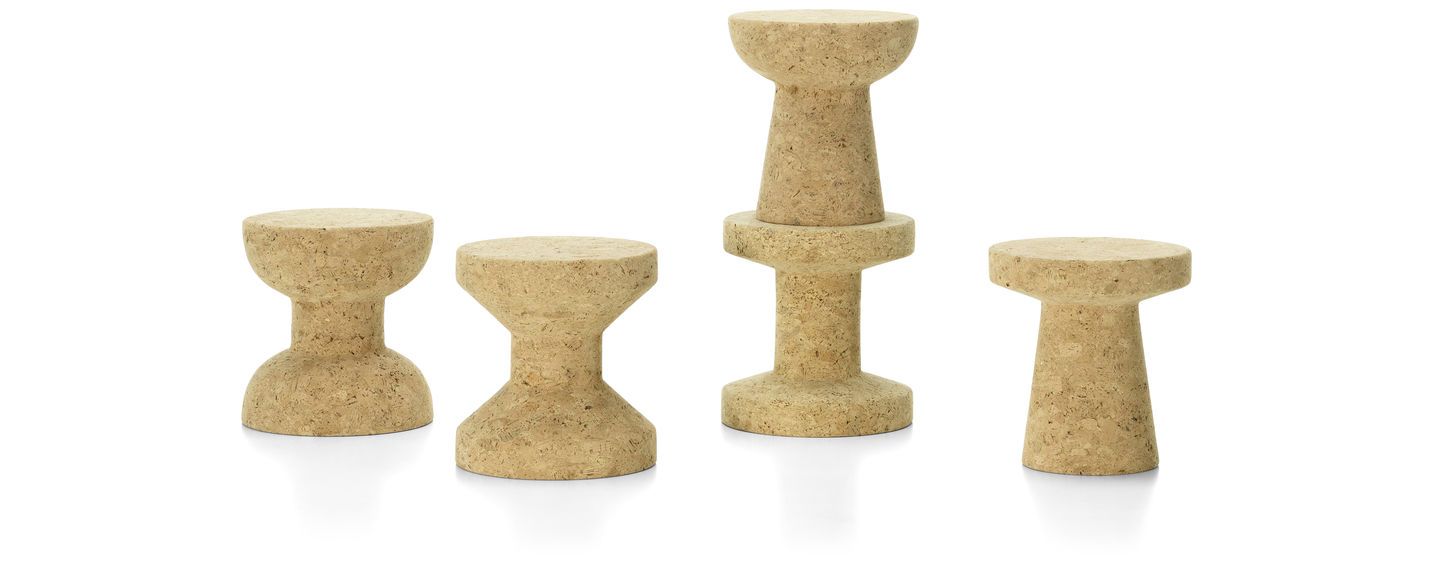
There is also something powerfully pleasing about cork as a material, in both visual and tactile ways. It is soft, velvety and retains warmth. Due to standardised production techniques, cork is instantly recognisable when used, and its raw state speaks directly of nature. As most cork is produced in Portugal and Spain, the material infuses products with a particularly south-west Mediterranean feel; it is hard to look at cork and not think of sunshine.
Cork furniture designs, from Tom Dixon to ClassiCon
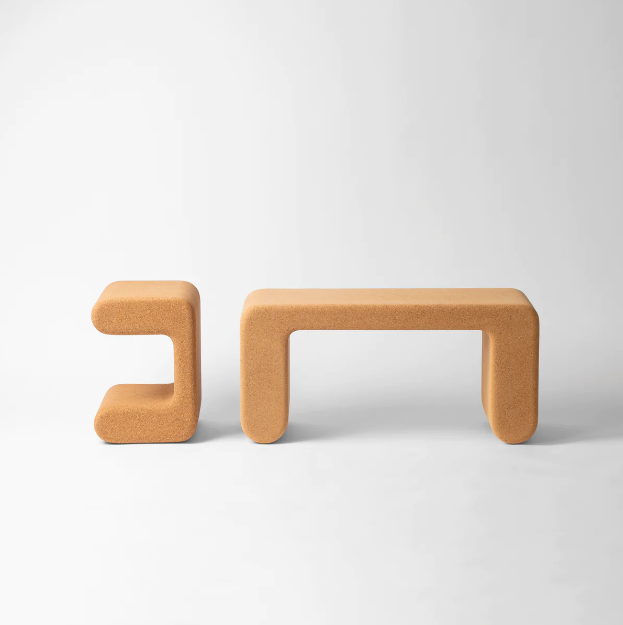
Wiig-Hansen’s Stringer range, in particular, is designed to reference surf boards on Portuguese beaches. 'Surfing and cork are both big in Portugal,' he says. 'The inspiration for making the bench comes from seeing how they shape surf boards. The cork comes in big blocks and the idea was to make the bench with very little waste.'
Wiig-Hansen has been drawn to cork ever since discovering the material as a child in Denmark. 'When I became a designer I decided that one day I would design a product in cork,' he says. 'My dream is that in 50 years or so a kid will sit on this [Stringer] bench and be curious about this beautiful material, and this will ignite an appreciation for natural materials.'
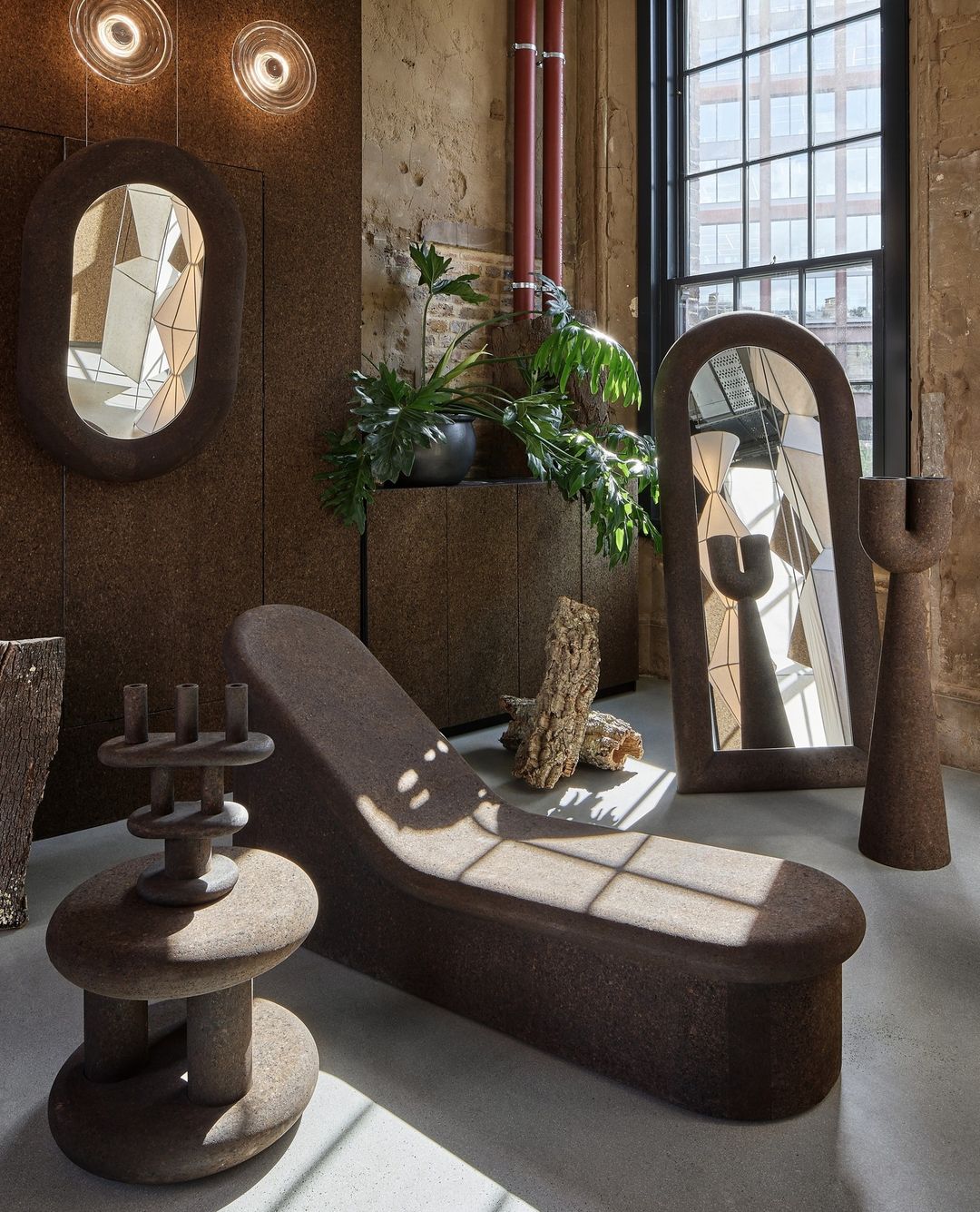
Despite its naturally pale orange-brown hue, designers in recent years have been experimenting with smoking or charring cork to produce a darker, more intriguing material aesthetic. British designer Tom Dixon’s range of dark, charred cork furniture (2020) includes tables, a stool and a shelving system in rounded forms. Dixon, who has described cork as a 'dream material', was inspired to use the material from memories of growing up with cork flooring.
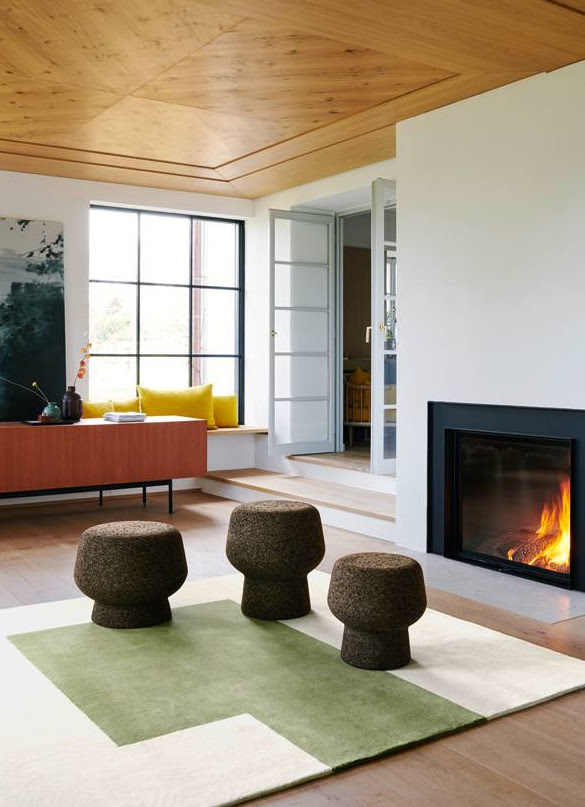
In 2022, ClassiCon released the Herzog & de Meuron-designed Corker stools in smoked cork, resembling supersized wine bottle stoppers. Produced in three sizes, the stools – like Morrison’s Cork Family – can double as side tables. Early iterations of the stools were originally designed by the architecture practice in collaboration with artist Ai Weiwei for the 2012 Serpentine Pavilion in London, which functioned as a public space and event venue.
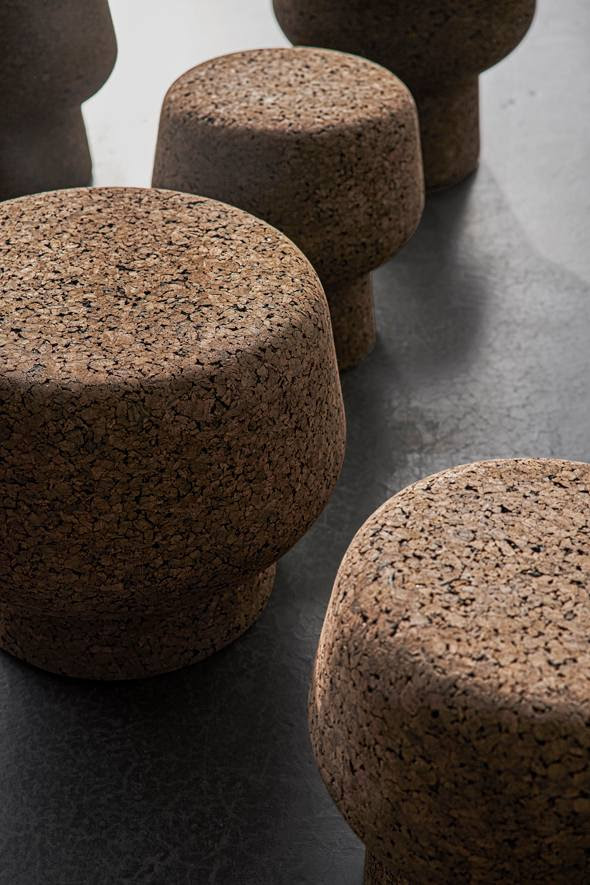
Although the majority of cork continues to be produced for wine bottle stoppers (and likely will continue to be so), the rise of cork furniture fits almost effortlessly into this process, as the waste from stopper production can be granulated and compressed into large composite blocks of cork, which can be easily cut and sculpted into different shapes to create furniture. As designers seek to harness increasingly sustainable materials to reduce impact on the planet, cork in many ways presents an attractive option.







